- Scientists and researchers interested in 2D X-ray diffraction
- Anyone interested in or working with area detectors
- Discover what you can learn from 2D data using new exciting features of XRD2DScan 8.0
See more with XRD2DScan - the advanced tool for 2D X-ray diffraction analysis
November 27, 2024 | 16:30 - 17:30 CET | Virtual

About The Event
2D X-ray diffraction is one of the most appealing techniques for users who are interested in extracting every bit of information about their samples such as anisotropic features in polymers or crystallite size of polycrystalline samples, sample texture, inhomogeneity. Two-dimensional (2D) diffraction patterns collected using area detectors, available in modern X-ray diffractometers, contain detailed information about material’s phase composition, crystallinity and structural organization from the macro- to the nano- scale. Furthermore, the high sensitivity and resolution of newer detectors make possible collection of material structural information (phase composition, orientation, texture, etc.) within seconds which allows following materials transformation processes in real time (crystallization, phase transformation, deformation). Join us, as we present a new version (8.0) of the XRD2DScan - comprehensive Malvern Panalytical software for displaying, processing and analyzing 2D X-ray diffraction data. It enables you to extract information from 2D data in an easy and intuitive way. The latest version of the software (version 8.0) builds on the success of the previous releases. Now, in addition to orientation and crystallite size, you can calculate pole figures using 2D data set, create peak maps to visualize sample inhomogeneities. Extended scripting functionality further simplifies the analysis automation, additional image treatments expand the easy-to-use toolset for 2D/1D data treatments and corrections. In this webinar, our application specialist, Anil Kumar, will introduce these new options with a live demonstration. Few case study examples will be discussed.
More Information
Who should attend?
What will you learn?
